In an era of instant connectivity and convenient travel, truly remote destinations have become increasingly rare and valuable. While many resorts claim isolation, only a select few wilderness lodges require genuinely adventurous journeys to reach them—multi-day treks, chartered bush planes, boat transfers through pristine waters, or combinations of transportation methods that gradually separate travelers from the familiar world. These journeys aren’t merely transportation; they’re transformative experiences that prepare visitors for the extraordinary environments awaiting them.
Here is a list of 20 wilderness lodges where the voyage to reach them forms an integral part of the adventure, rewarding intrepid travelers with experiences few will ever share.
Three Camel Lodge, Mongolia
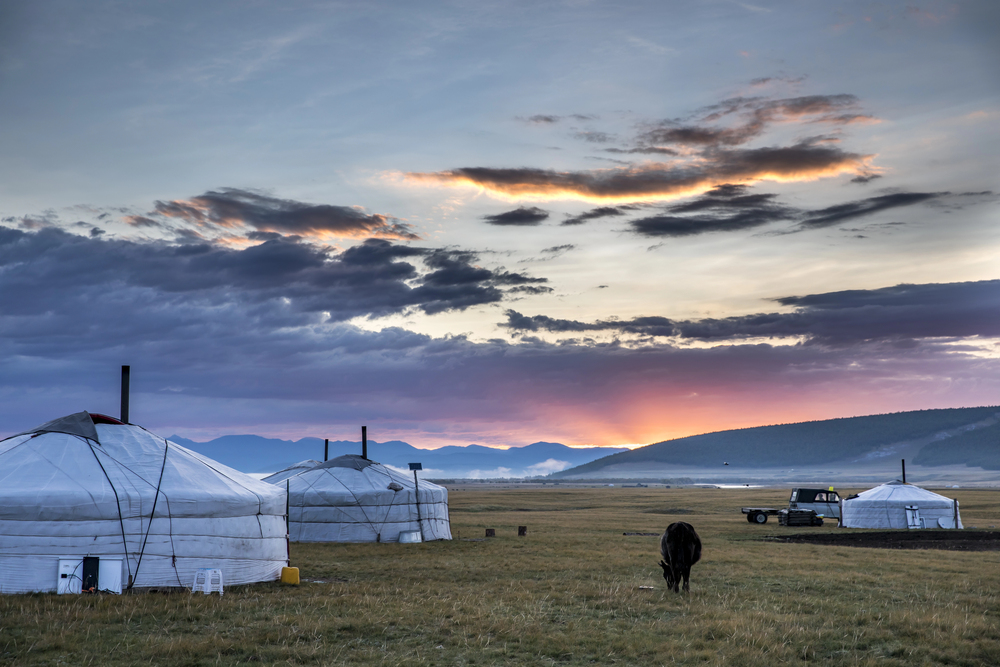
Reaching this luxury ger camp in the Gobi Desert requires flying to Ulaanbaatar and then taking a regional flight to Dalanzadgad. Then, you’ll take a two-hour jeep journey across unmarked desert terrain.
The isolation becomes apparent as your vehicle creates its tracks across vast expanses where nomadic herders still follow traditional migration routes with their livestock. Upon arrival, the circular felt tents (gers) arranged around a central lodge appear like a mirage against the endless horizon, offering unexpected comforts in Mongolia’s most extreme environment.
Eagle’s Nest, Papua New Guinea
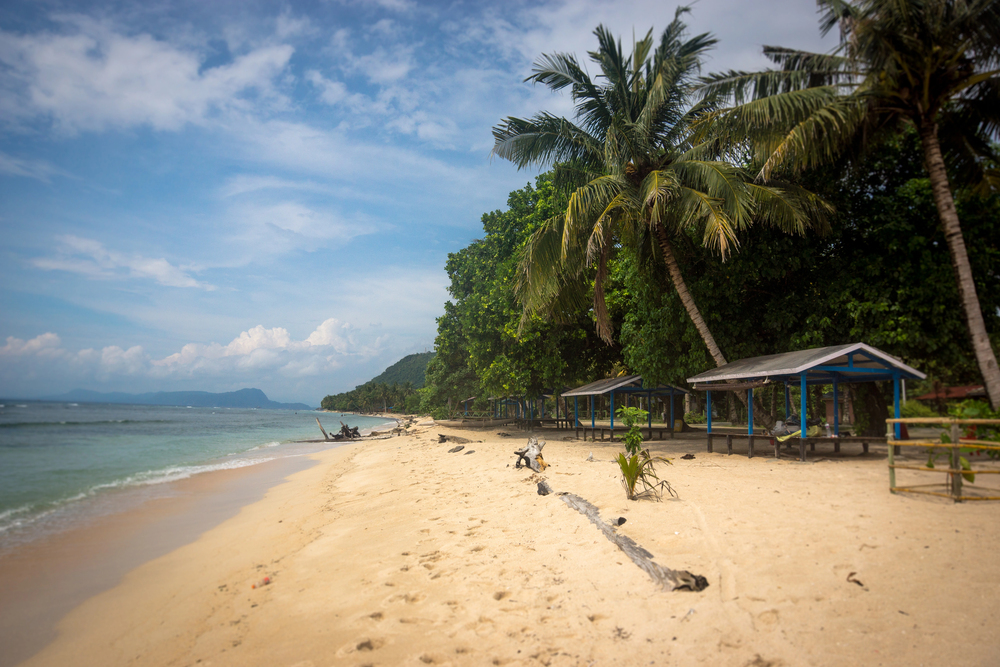
Perched high in the remote Highlands region, this eco-lodge requires a flight to Mount Hagen followed by a four-hour journey along rough mountain roads and, finally, a guided hike through tribal lands. The approach involves passing through villages where residents have maintained traditional ways of life largely unchanged for centuries, with elders often emerging to greet visitors in ceremonial dress.
The lodge itself, constructed using indigenous building techniques with modern touches, offers panoramic views across valleys that remained unknown to the outside world until the 1930s.
Like Travel Pug’s content? Follow us on MSN.
Nimmo Bay Wilderness Resort, British Columbia
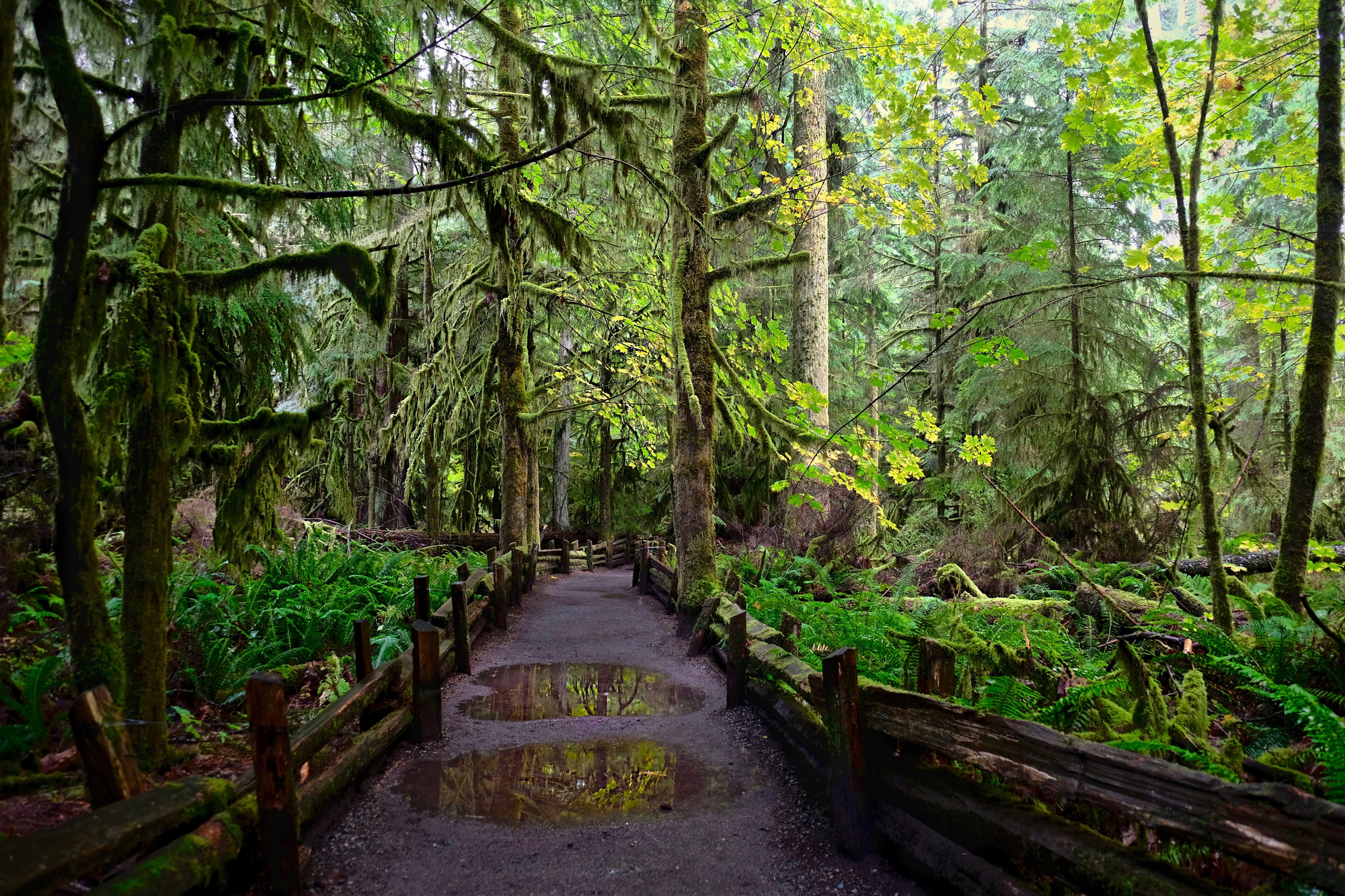
This floating lodge, tucked into a protected bay of British Columbia’s Great Bear Rainforest, is accessible only by helicopter or seaplane, and there are no roads connecting it to civilization. Arriving by air offers breathtaking views of the world’s largest intact temperate rainforest, with thousands of islands scattered across the Pacific coastline below.
The final approach reveals the resort’s distinctive red-roofed cabins built on stilts over the water and surrounding pristine wilderness, where wolves, bears, and whales far outnumber humans.
Pacuare Lodge, Costa Rica
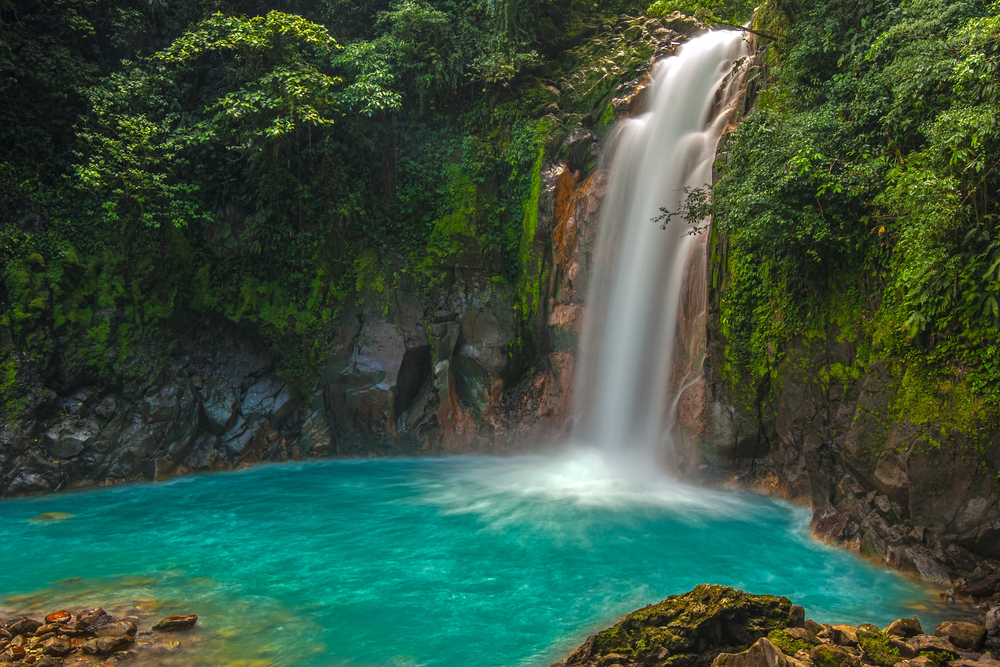
Reaching this rainforest hideaway involves an adrenaline-pumping whitewater rafting journey down the Pacuare River, navigating through Class III and IV rapids surrounded by dense jungle. The multi-hour river expedition serves as a thorough disconnection from the outside world, with each bend revealing increasingly pristine wilderness.
Upon spotting the lodge’s thatched roofs nestled almost invisibly among towering trees, guests arrive energized from their adventure and thoroughly immersed in the rainforest environment they’ll call home.
Winterlake Lodge, Alaska
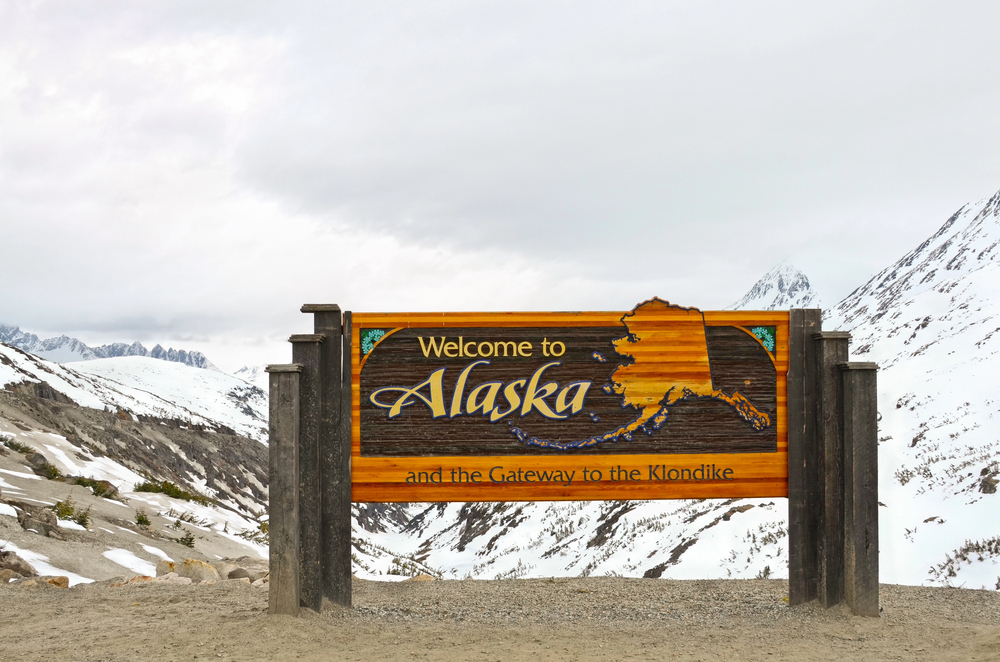
Located along the historic Iditarod Trail, this remote outpost sits 198 miles northwest of Anchorage, accessible only by a small bush plane that lands on a frozen lake in winter or water in summer. The one-hour flight crosses the Alaska Range, offering views of Denali and countless unnamed glaciers, before descending to a property surrounded by wilderness.
The lodge’s isolation—the nearest road is 50 miles away—creates an immersive experience in true Alaskan backcountry, where moose and bears frequently wander through the property.
Like Travel Pug’s content? Follow us on MSN.
Fogo Island Inn, Newfoundland
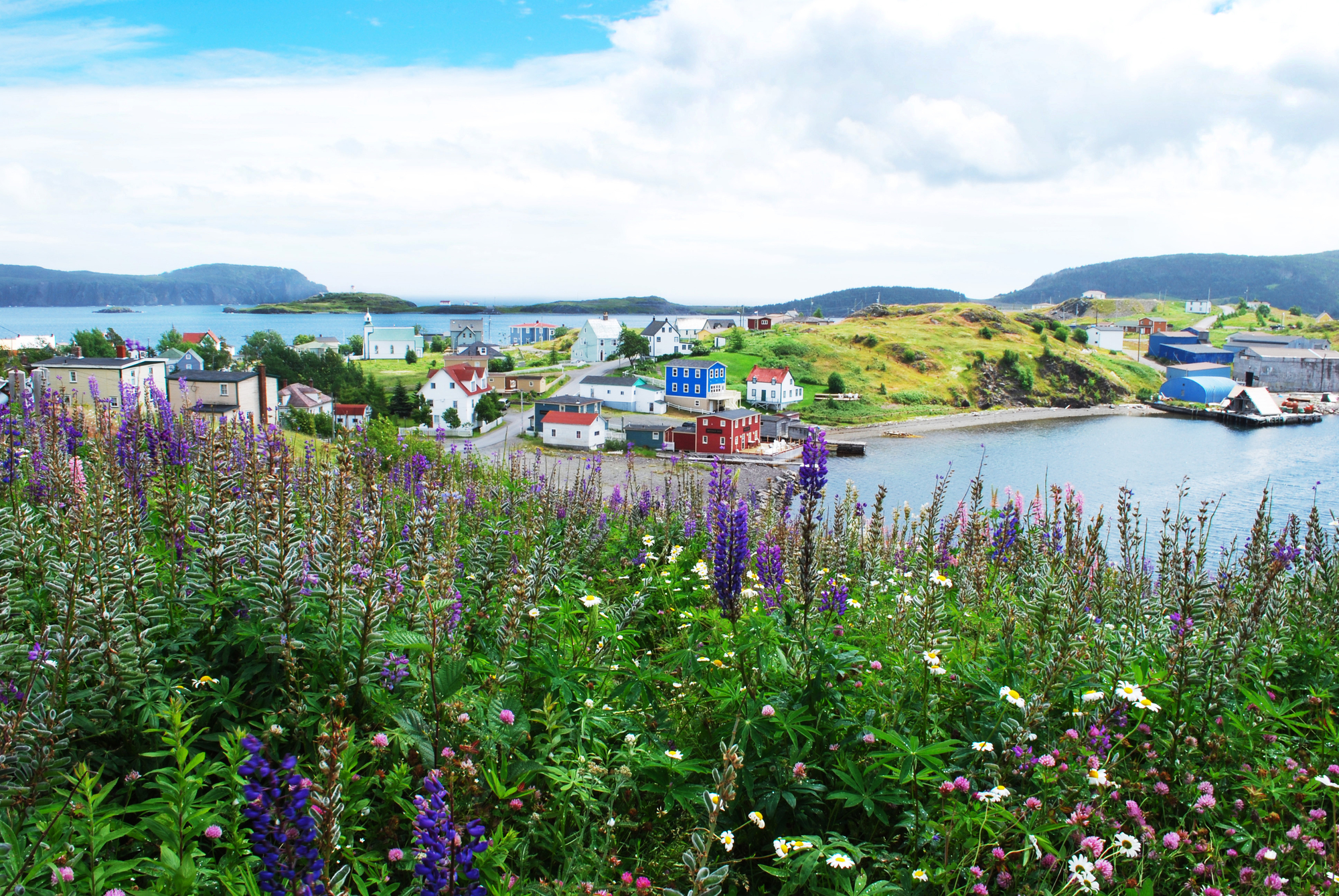
While technically reachable by car, accessing this architectural marvel on Canada’s easternmost island involves a ferry crossing of the Labrador Current followed by a drive across an island that feels increasingly separated from mainland sensibilities. The journey through tiny fishing villages with centuries-old traditions culminates at a starkly modern structure perched on stilts at the literal edge of the North American continent.
The contrast between traditional culture and contemporary design mirrors the transitional experience of the journey itself.
Southern Ocean Lodge, Kangaroo Island
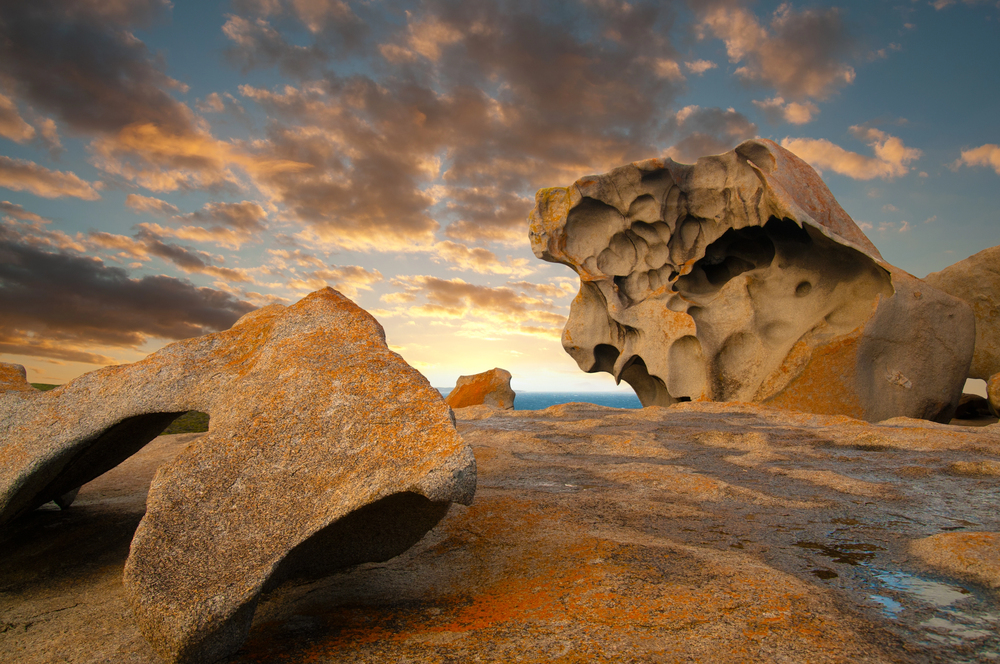
Reopening in 2024 after being rebuilt following devastating bushfires, this Australian lodge requires a flight to Adelaide, followed by either a 30-minute small aircraft flight or a ferry crossing and island drive. The approach reveals Kangaroo Island’s dramatic limestone cliffs and the lodge’s precarious-seeming position overlooking the wild Southern Ocean.
The multistep journey creates a gradual transition that arrives—at a modernist structure where floor-to-ceiling windows frame views of waves crashing against ancient rocks—all the more impactful.
Sheldon Chalet, Alaska
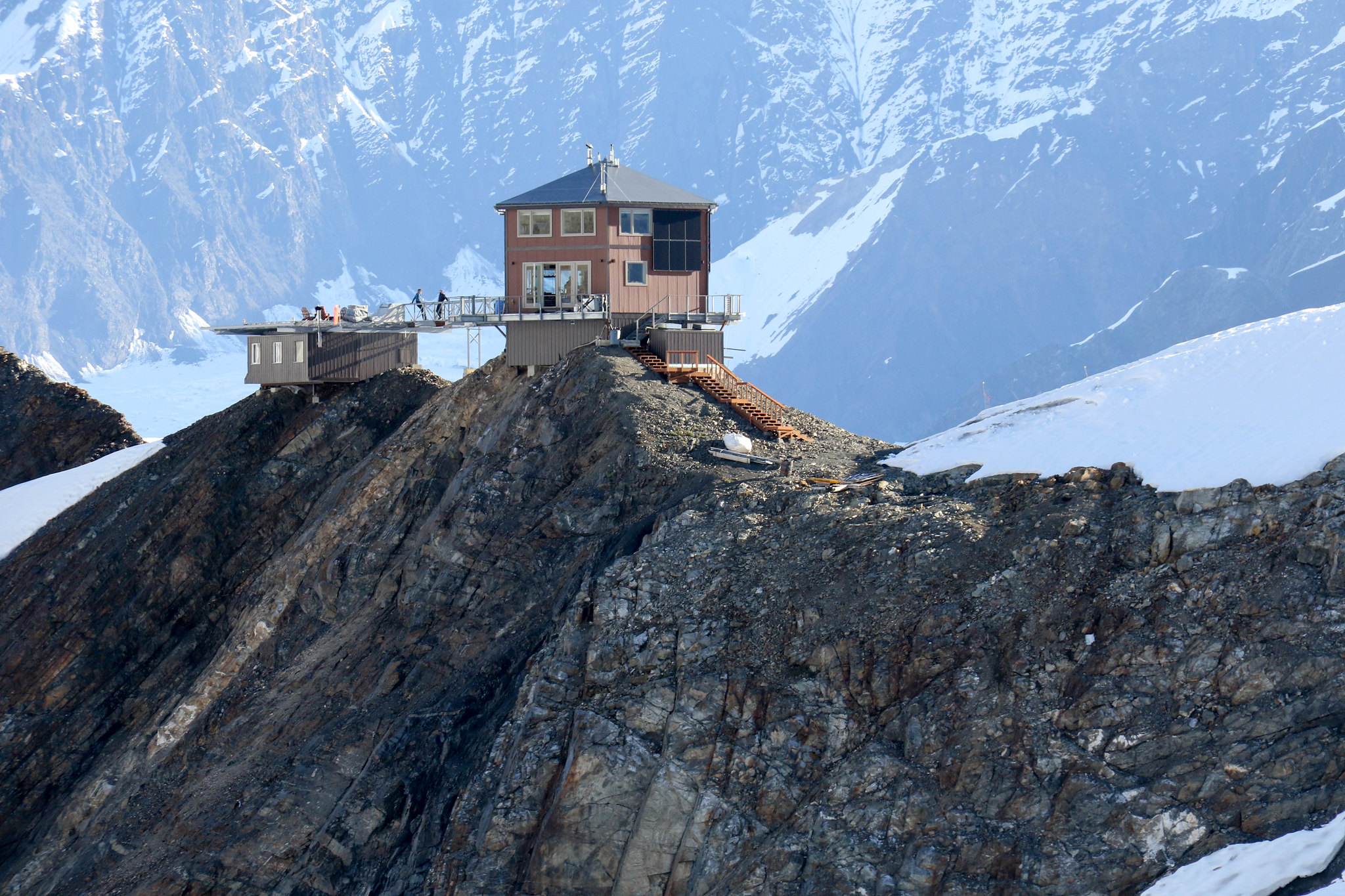
Perhaps North America’s most dramatically situated lodge sits on a nunatak (a mountain peak extending above a glacier) within Denali National Park, accessible only by helicopter from Talkeetna. The 45-minute flight passes over massive glaciers, deep crevasses, and jagged peaks before landing on a private helipad perched 6,000 feet above the Don Sheldon Amphitheater.
The sensation of being deposited in a location surrounded by miles of untouched wilderness—with the continent’s highest peak towering above—creates an immediate appreciation for the extraordinary isolation this five-room chalet provides.
Like Travel Pug’s content? Follow us on MSN.
Ultima Thule Lodge, Alaska

Set 100 miles from the nearest road in Wrangell-St. Elias National Park, reaching this family-run lodge requires a bush plane landing on a primitive airstrip carved from the wilderness. The spectacular three-hour flight from Chitina crosses multiple mountain ranges and massive glacial systems that have never felt human footsteps.
Upon arrival, guests enter a self-sufficient outpost powered by renewable energy, where fourth-generation Alaskan pilots use their intimate knowledge of the landscape to explore regions so remote they remain unnamed.
Seal River Heritage Lodge, Manitoba
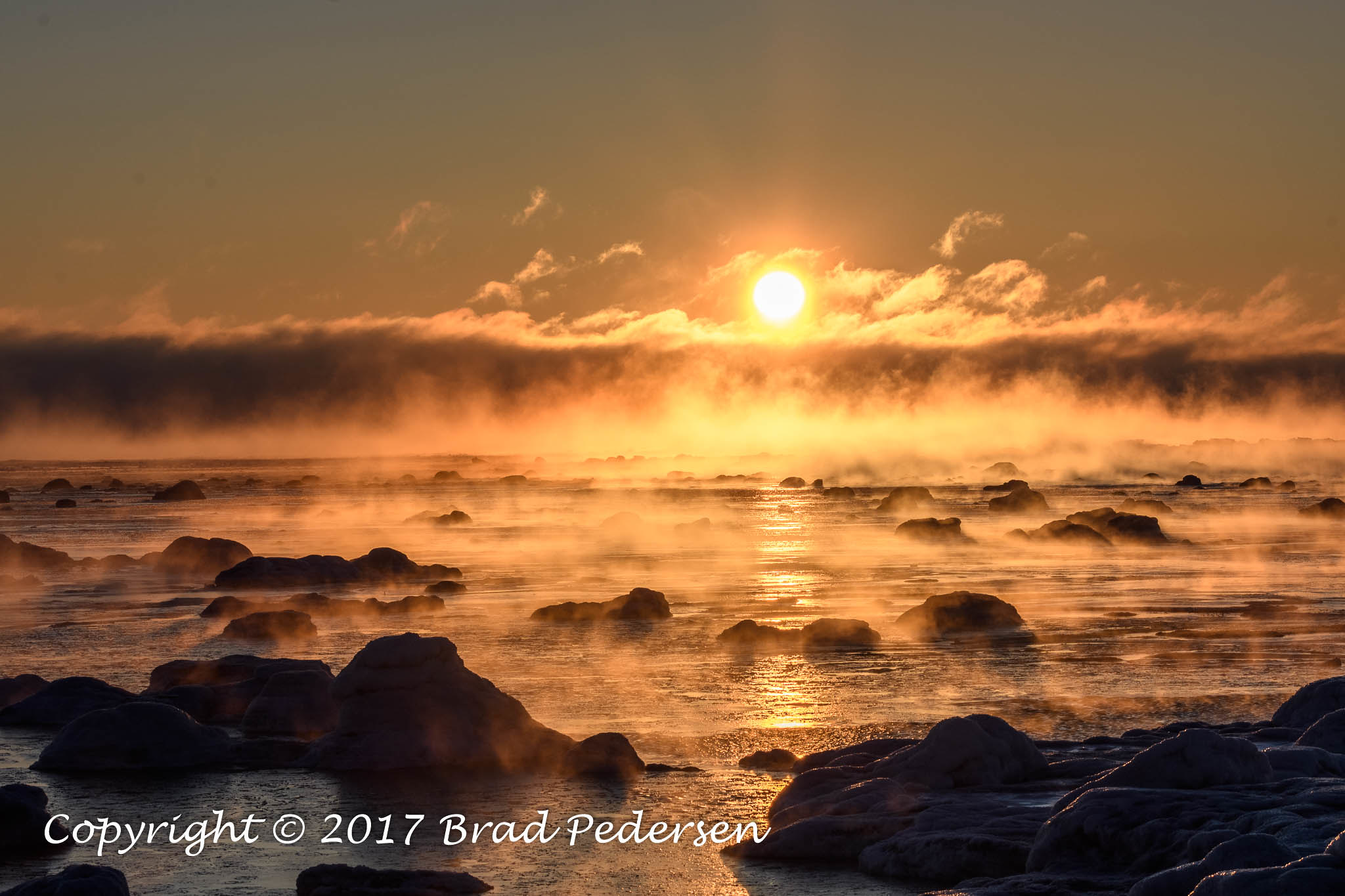
Located near the mouth of the Seal River, where it meets Hudson Bay, this prime polar bear viewing lodge requires a commercial flight to Churchill followed by a 30-minute bush plane journey along the coastline. The final approach reveals a property surrounded by nothing but tundra and the bears that gather there, with no roads, trails, or other human structures visible in any direction.
The journey’s progressive remoteness prepares guests for an experience where wildlife observance happens not from vehicles but directly from the lodge itself, with curious bears often approaching to investigate the compound.
Tierra Chiloé, Chile
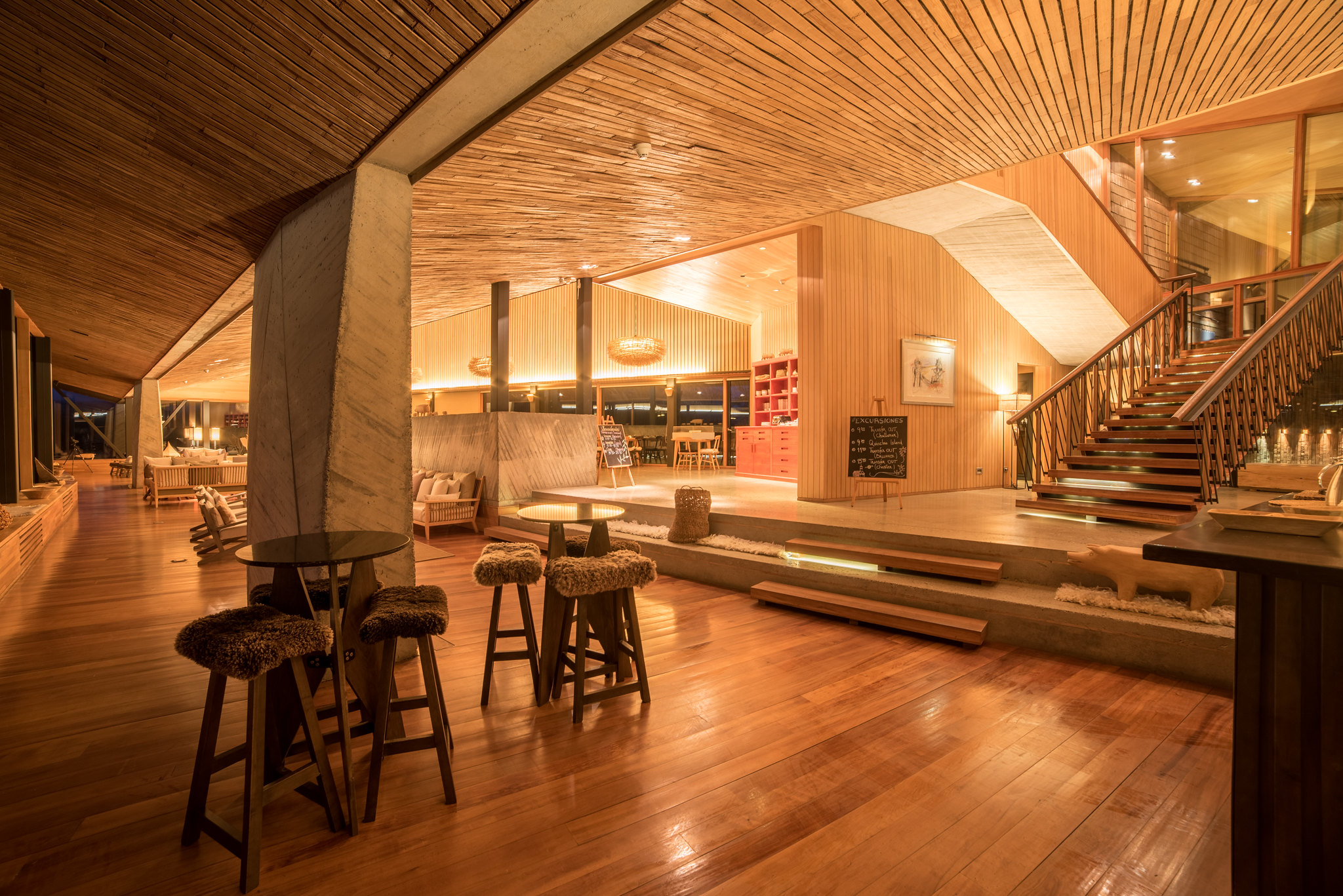
Reaching this architectural standout involves flying to Puerto Montt, followed by a ferry crossing and driving across Chiloé Island, famous for its distinctive folklore and wooden churches. The increasingly rural journey passes through landscapes where farmers still plow with oxen, and fishing is done from traditional wooden boats.
The lodge itself appears dramatically on a hilltop, its wooden structure inspired by the island’s palafito houses, completing the transition from modern Chile to a place where time moves differently and ancient myths still influence daily life.
Like Travel Pug’s content? Follow us on MSN.
Wilderness Lodge Lake Moeraki, New Zealand

Tucked between the Tasman Sea and Southern Alps on New Zealand’s wild West Coast, this nature lover’s retreat sits along a remote stretch of highway that itself feels like an expedition to drive. The journey through the ancient rainforest becomes increasingly primeval before revealing the lodge nestled alongside a pristine river.
The progressive immersion in untouched landscapes—home to rare Fiordland crested penguins and the world’s smallest marine dolphin—prepares guests for guided wilderness experiences led by renowned naturalists who established the lodge to protect the surrounding environment.
Tikchik Narrows Lodge, Alaska

Set at the edge of the largest state park in the U.S., this fly-fishing paradise requires a commercial flight to Dillingham followed by a 40-minute floatplane journey across the vast Tikchik Lakes system. The approach over roadless wilderness reveals countless lakes, streams, and rivers before the distinctive red-roofed main lodge appears on a narrow isthmus between two expansive bodies of water.
The flights over landscapes where salmon still complete ancient spawning runs and bears roam unimpeded prepare anglers for fishing experiences in waters that see fewer than 200 visitors annually.
Bamurru Plains, Australia
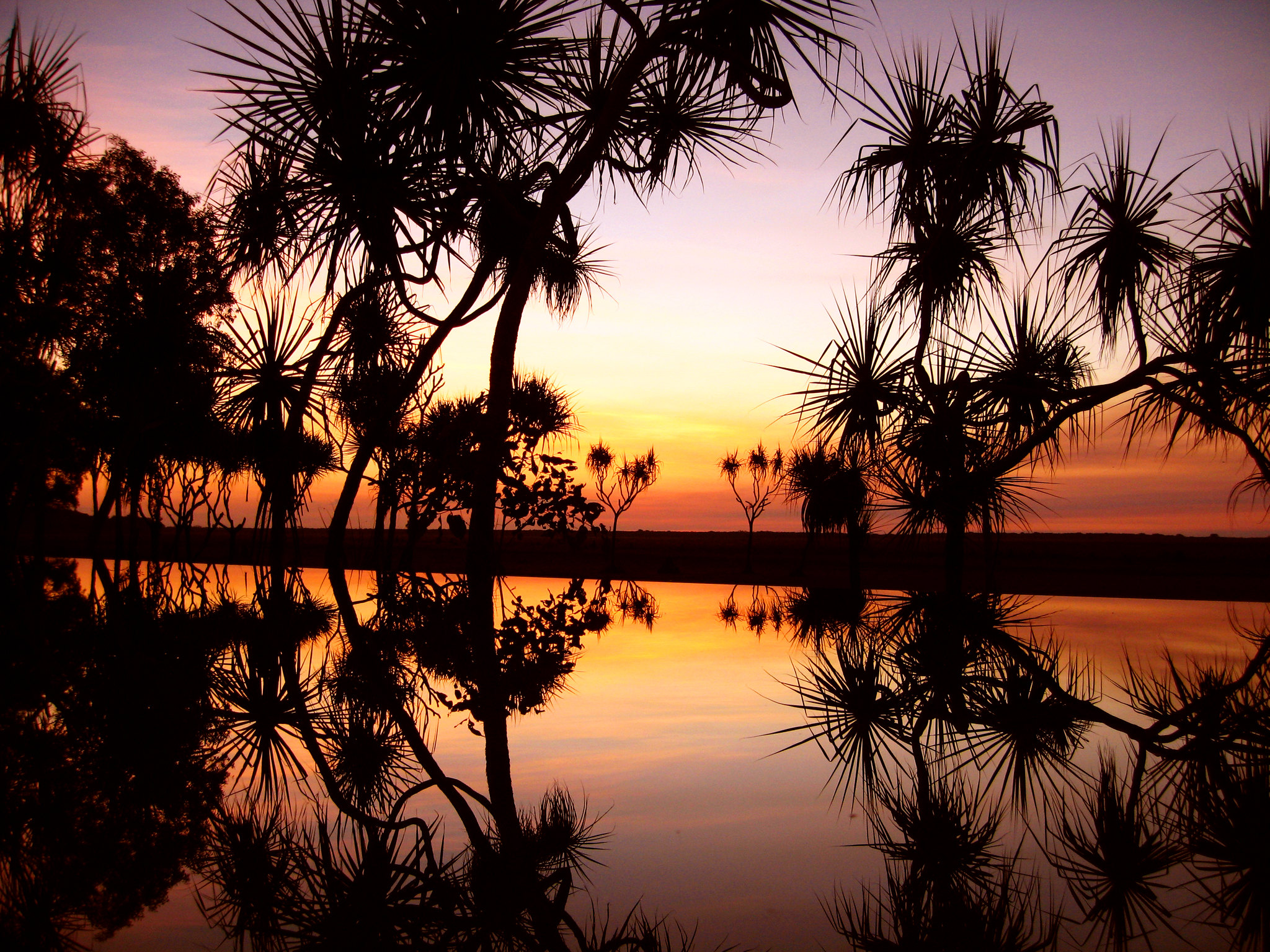
Located on the edge of Kakadu National Park in Australia’s Northern Territory, this safari-style camp requires a flight to Darwin followed by either a 30-minute bush flight or a three-hour drive across floodplains teeming with wildlife. The final approach—whether by air over meandering rivers or by 4WD through dust and water crossings—reveals a landscape unlike any other, where buffalo roam, and millions of birds create what locals call ‘the bush symphony.’
The journey across increasingly wild country prepares guests for accommodations where only screen mesh separates them from the sights and sounds of the surrounding wilderness.
Like Travel Pug’s content? Follow us on MSN.
Explora Patagonia, Chile
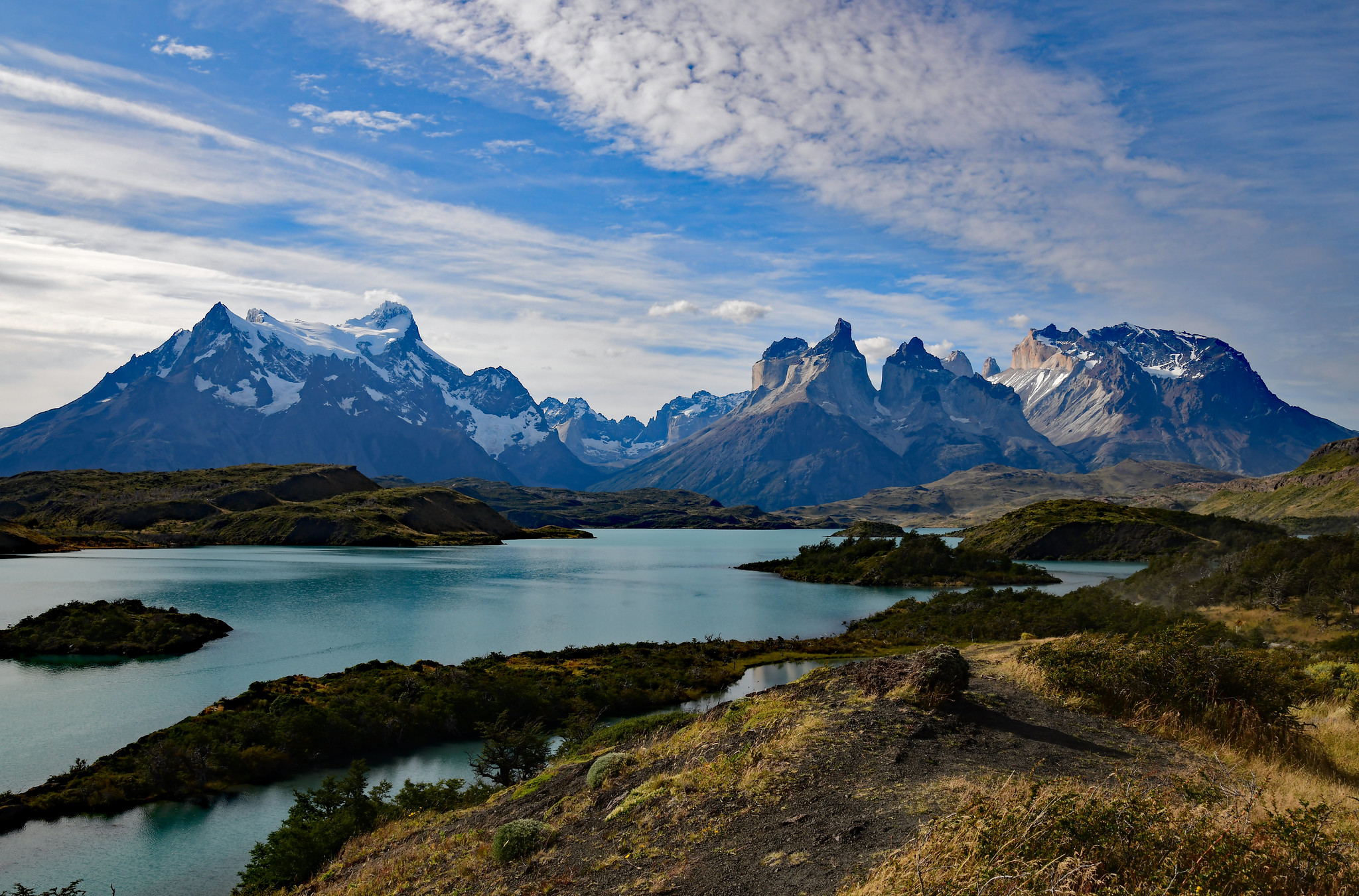
While technically reachable by road, the journey to this architectural icon within Torres del Paine National Park involves a four-hour drive from the nearest airport across the windswept Patagonian steppe. The drive through seemingly endless grasslands suddenly gives way to the dramatic granite spires that give the park its name, with the lodge appearing as a low white structure designed to complement rather than compete with the landscape.
The length and visual drama of the approach create anticipation that makes the arrival—at a property where every room frames the mountains like living artwork—all the more rewarding.
King Pacific Lodge, British Columbia

This floating wilderness resort anchored in a protected bay of Princess Royal Island operates seasonally and is accessible only by seaplane from Prince Rupert or Vancouver. The flight over countless islands, deep fjords, and temperate rainforests reveals a landscape few humans will ever witness first-hand, home to the rare white Spirit Bear.
The dramatic water landing brings guests directly to a 17,000-square-foot structure that, despite its luxury, remains a visitor in these waters, being towed away each winter to respect the environment’s natural cycles.
Trout Point Lodge, Nova Scotia
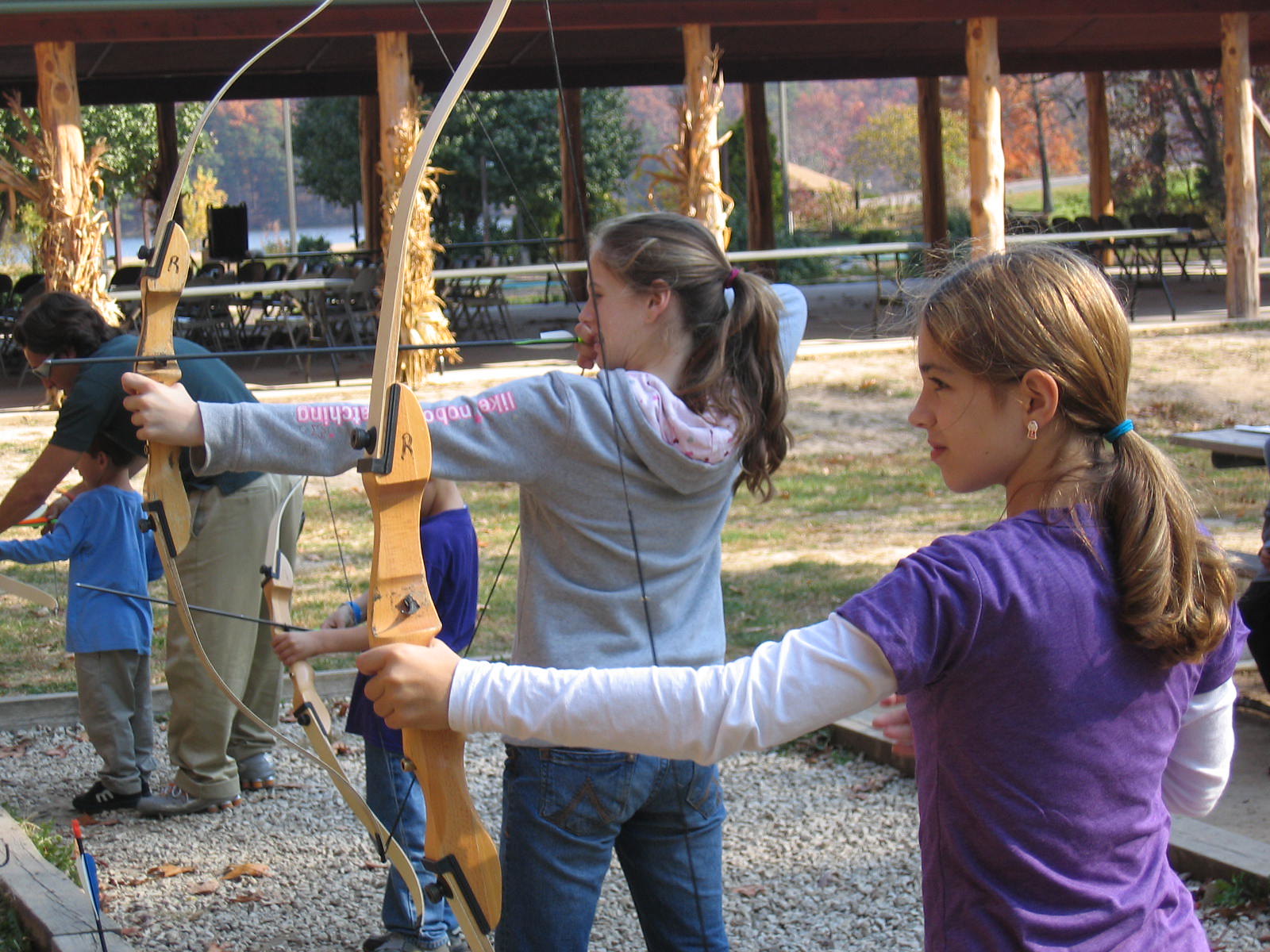
Nestled within a UNESCO Biosphere Reserve, this riverside retreat requires navigating increasingly narrow country roads until pavement gives way to gravel at the edge of the largest wilderness area in the Maritimes. The final approach through the ancient Acadian forest reveals a handcrafted log structure that appears to have grown naturally from its surroundings, with the rushing Tusket River providing a constant soundtrack.
The progressive journey from civilization to wilderness prepares guests for one of North America’s finest dark sky experiences, where light pollution is completely absent.
Like Travel Pug’s content? Follow us on MSN.
Daintree Ecolodge, Australia
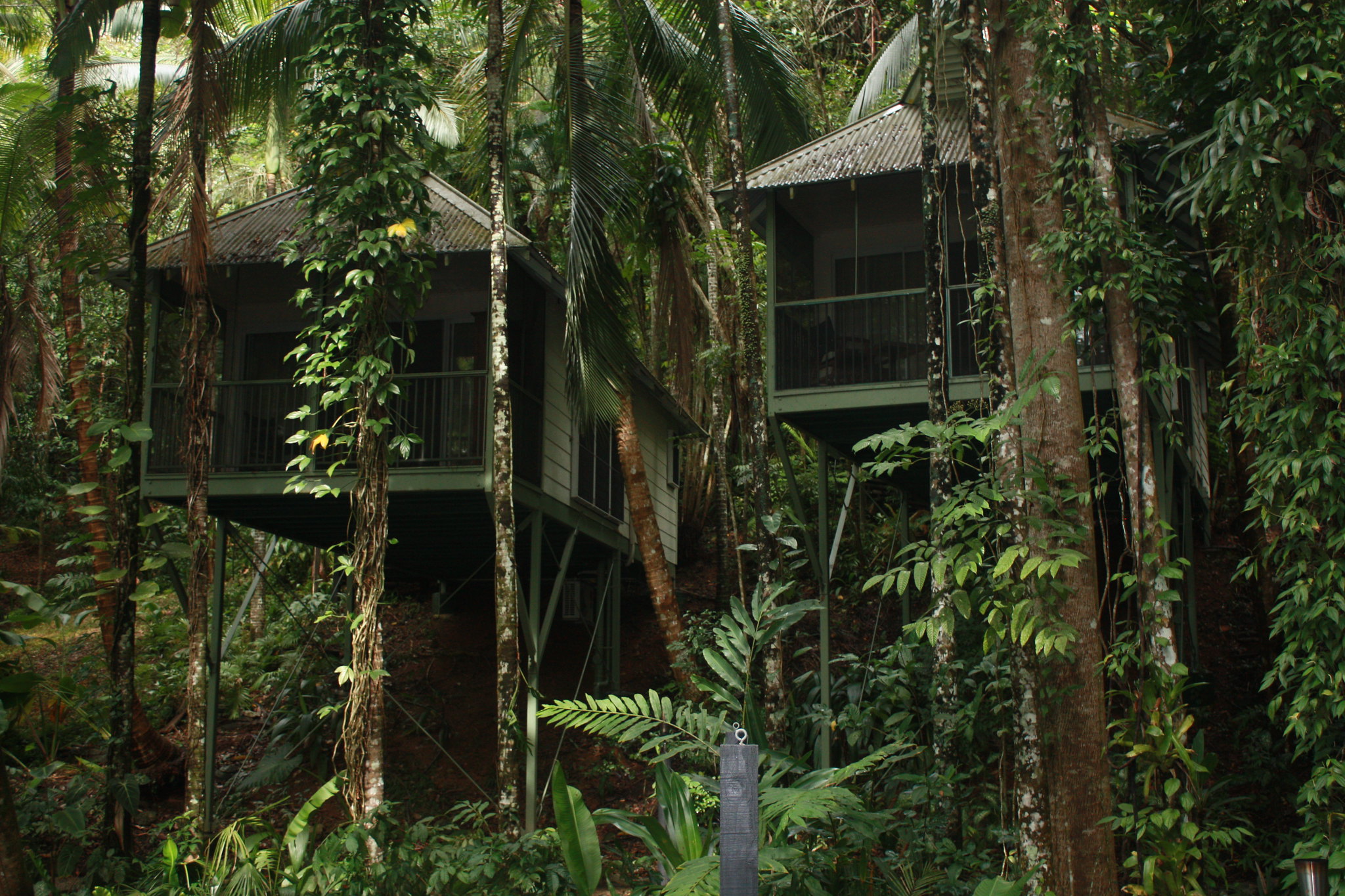
Reaching this rainforest retreat requires crossing the Daintree River by small cable ferry and then navigating a winding road through the world’s oldest continuously surviving tropical rainforest. The journey literally crosses an evolutionary boundary, entering an ecosystem that has remained essentially unchanged for over 180 million years.
The approach through increasingly dense vegetation—home to ancient plant species predating dinosaurs—creates a palpable sense of entering a different time dimension before arriving at 15 bayans (treehouses) built in harmony with their primeval surroundings.
Skálakot Manor Hotel, Iceland
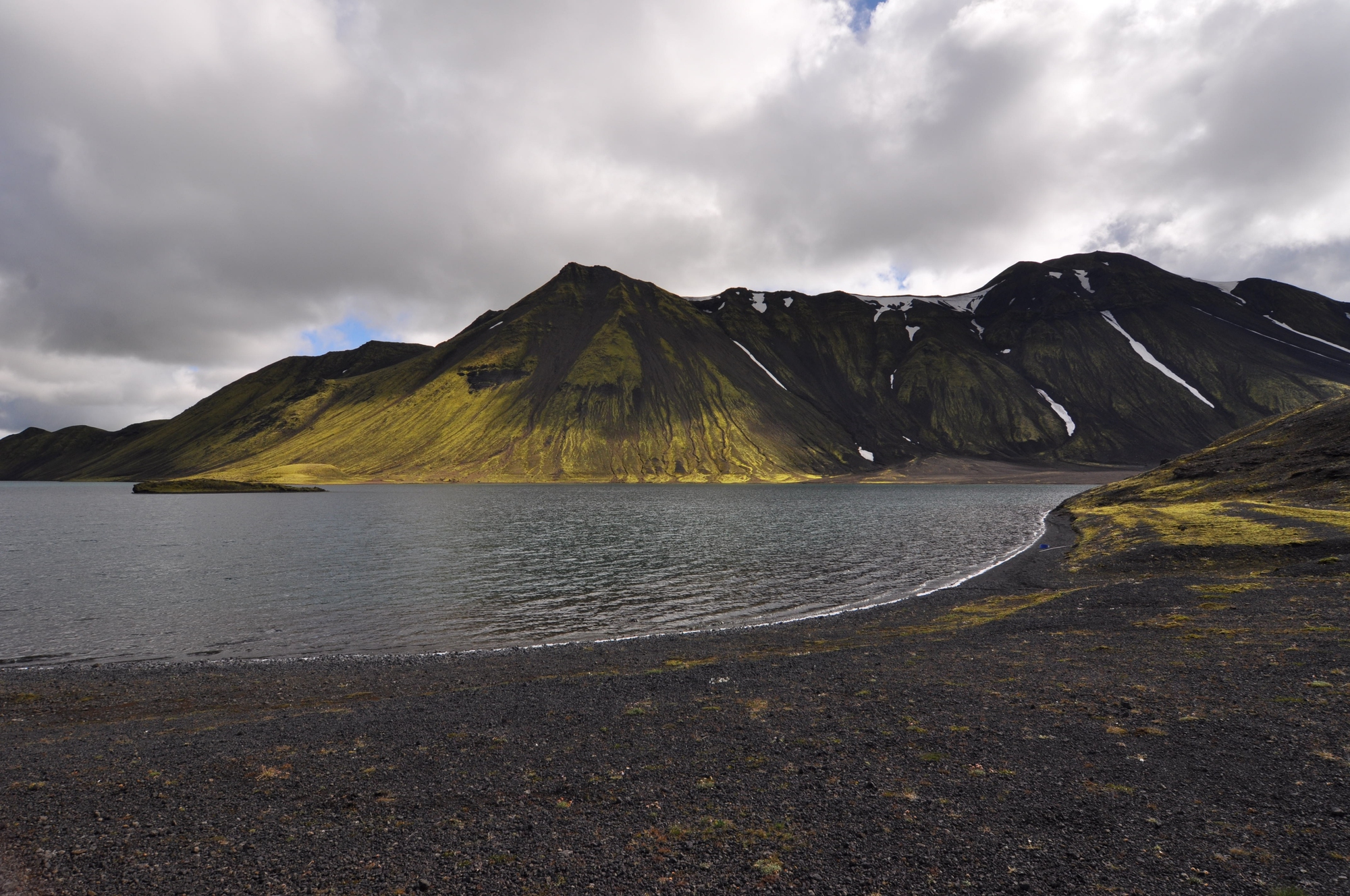
While Iceland has become increasingly accessible, this working farm-turned-luxury hotel sits beneath the famous Eyjafjallajökull volcano at the end of progressively narrower roads. The journey along the southern coast passes dramatic waterfalls and black sand beaches before turning inland toward increasingly remote landscapes.
The final approach reveals a traditional Icelandic manor surrounded by horses descended from those brought by Viking settlers, completing the transition from tourist Iceland to authentic farm life that continues regardless of visitorship.
Voyages by Alila, Indonesia
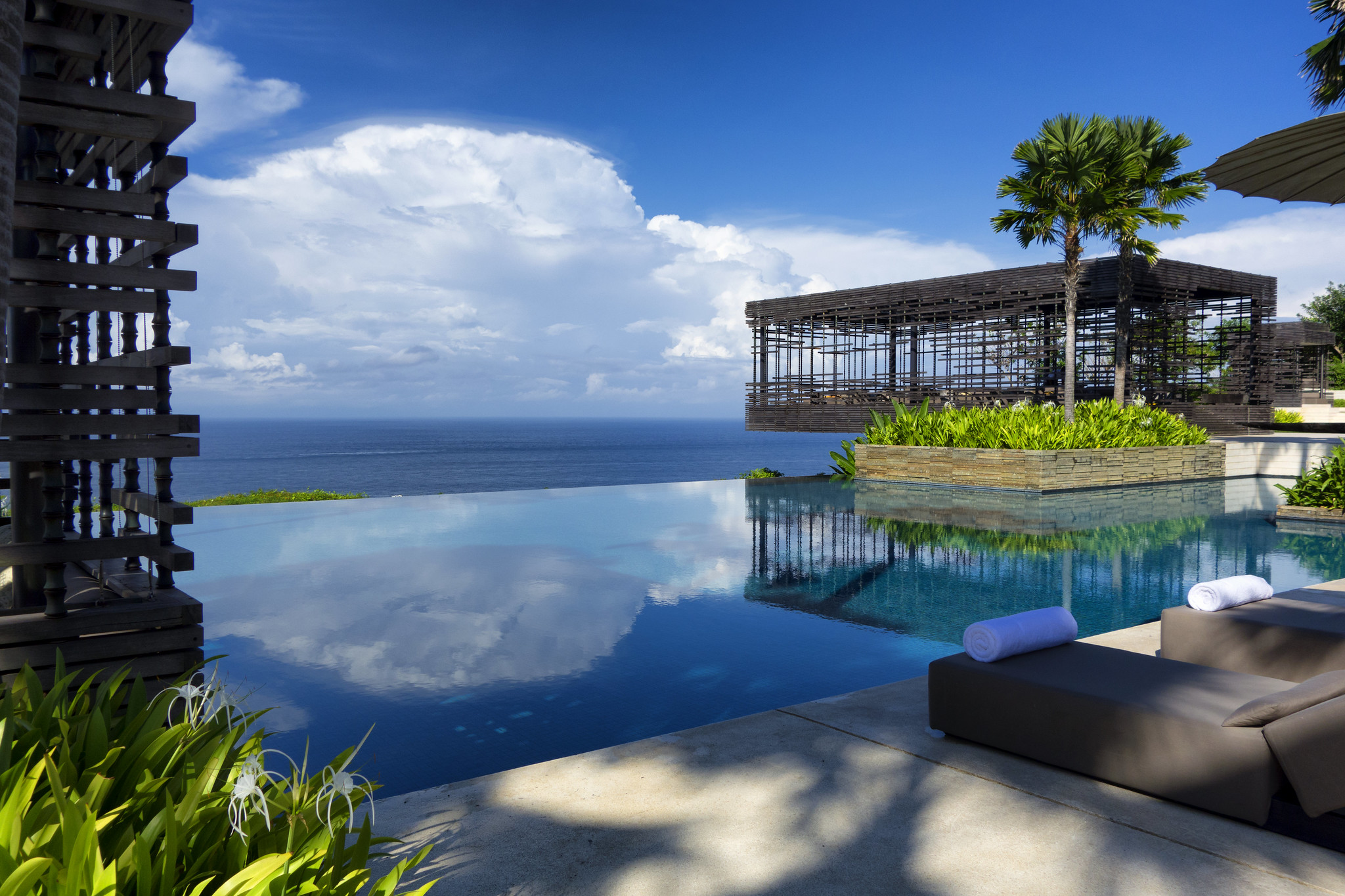
This traditional Indonesian sailing vessel (phinisi) converted into a luxury floating lodge requires reaching the already-remote port of Labuan Bajo and then boarding the handcrafted wooden ship for multi-day voyages among the 1,500 islands of Komodo National Park. The progressive journey—leaving behind first countries, then cities, settlements, and finally land itself—creates a complete immersion in marine environments where dragons roam isolated shores.
The vessel’s five suites combine traditional boatbuilding techniques with modern comforts, creating accommodations that connect guests directly with the surroundings rather than insulating them from the experience.
Like Travel Pug’s content? Follow us on MSN.
Into the Wilderness
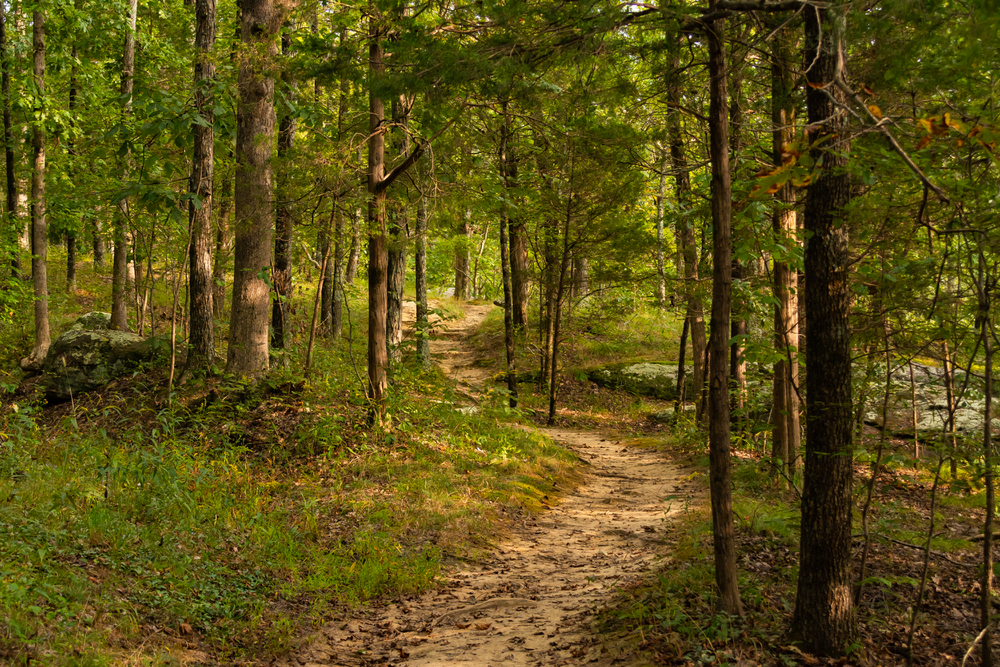
These extraordinary lodges represent more than just remote accommodations—they offer complete immersion in the world’s most pristine environments, made more meaningful by journeys that gradually separate travelers from the familiar. The progressive transitions they require—from commercial flights to bush planes, from highways to dirt tracks, from motorized transport to human-powered movement—aren’t inconveniences but essential components of the experience.
In an age where connectivity follows us everywhere, these difficult-to-reach havens offer increasingly rare opportunities to discover both untrammeled landscapes and our capacity for wonder when genuinely disconnected from the ordinary world.
More from Travel Pug

- Cities Growing so Fast You Won’t Recognize Them in 10 Years
- 13 Destinations Where Tourists Regularly Regret Their Trip
- 20 Obscure WWII Sites Even History Buffs Don’t Know About
- 10 Under-the-Radar Mountain Towns That Are Both Affordable and Beautiful
- Remote Villages in Europe Where You Can Live for Free in Exchange for Work
Like Travel Pug’s content? Follow us on MSN.
